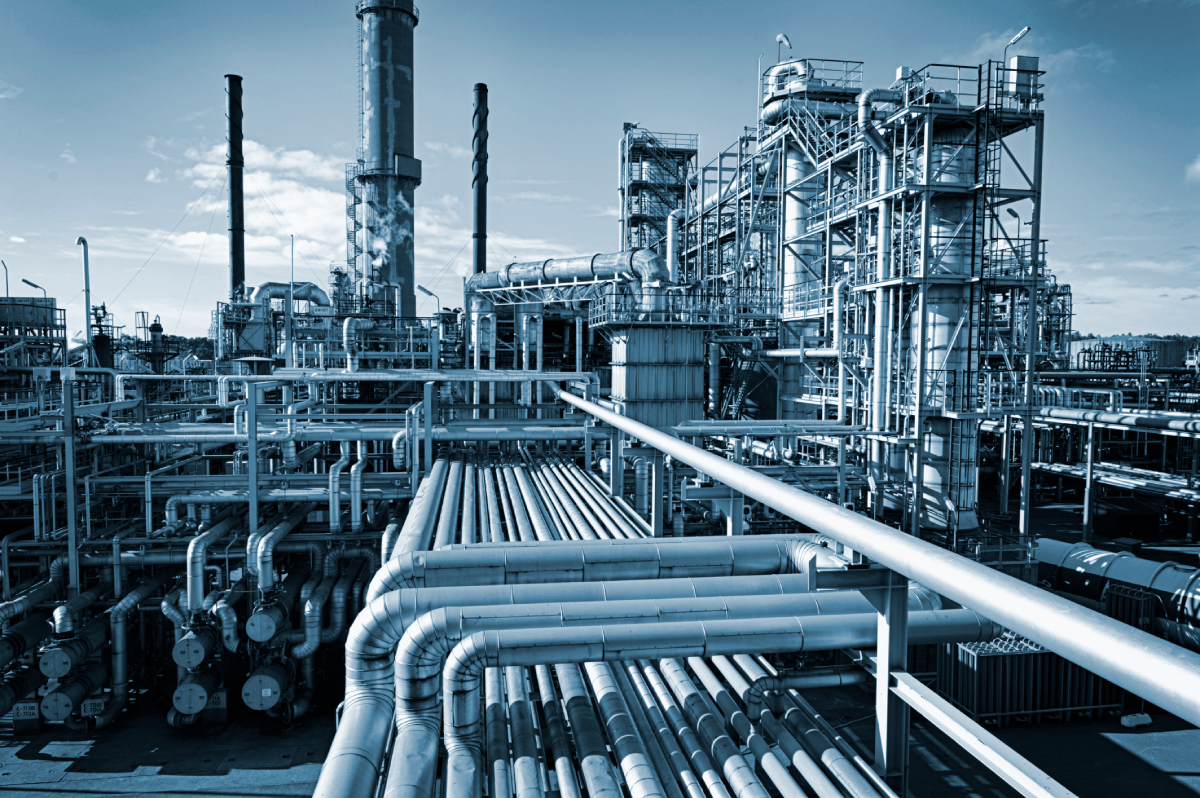Introduction
Piping and engineering stand as cornerstones of modern industrial and infrastructure development, crucial for transporting fluids and gases efficiently and safely. In industries from oil and gas to pharmaceuticals, meticulously designed piping systems ensure the smooth flow of materials essential for production. Meanwhile, in urban landscapes, these systems form the backbone of water supply and wastewater management networks, vital for sustaining communities. As technology advances, the role of piping and engineering expands, integrating innovation and sustainability to meet growing global demands.
This article sets the stage to explore how Piping & Engineering shape today’s interconnected and dynamic world.
Importance Of Piping & Engineering Today
Piping and engineering play crucial roles across various industries today, contributing significantly to infrastructure development, manufacturing processes, and resource management.
Let us explore the importance of piping and engineering in modern contexts, highlighting their impact on efficiency, sustainability, and safety.
Introduction To Piping & Engineering
Piping and engineering encompass the design, installation, and maintenance of systems that transport fluids, gases, and sometimes solids within industrial and commercial settings. This field integrates principles from mechanical, civil, chemical, and materials engineering to ensure the reliable and efficient movement of materials critical to various processes. In today’s interconnected and fast-paced world, the role of piping and engineering has become increasingly vital across several key domains.
Importance in Industrial Processes
One of the primary areas where piping and engineering excel is in industrial processes. Industries ranging from oil and gas to pharmaceuticals rely heavily on intricate piping systems to transport raw materials, intermediate products, and final goods throughout their facilities. These systems must be meticulously designed to handle specific pressures, temperatures, and chemical compositions to ensure operational efficiency and safety.
For example, in the oil and gas sector, pipelines are the lifelines that transport crude oil and natural gas from extraction points to refineries and distribution centers worldwide. Engineering design considerations here include corrosion resistance, material durability, and environmental impact mitigation. Moreover, Piping Design Course in Delhi is a popular professional course that ensures the best skill development for aspiring professionals. Efficient piping systems in these industries directly impact productivity, cost-effectiveness, and environmental stewardship.
Infrastructure Development
Beyond industrial applications, piping and engineering are fundamental to infrastructure development. Municipalities rely on extensive networks of water and wastewater piping systems to deliver clean water to homes and businesses and manage wastewater effectively. Civil engineers play a pivotal role in designing these systems to meet local regulations, environmental standards, and population growth demands.
In urban settings, efficient piping designs contribute to sustainable development by optimizing resource distribution and minimizing environmental impact. Modern advancements in piping materials, such as high-density polyethylene (HDPE) and composite materials, enhance durability and reduce maintenance needs, ensuring long-term reliability and cost savings.
Advancements in Technology and Innovation
The field of piping and engineering continues to evolve rapidly due to technological advancements and innovative solutions. Computational tools like Computer-Aided Design (CAD) and Building Information Modeling (BIM) facilitate precise modeling and simulation of piping systems, allowing engineers to optimize designs before implementation. Virtual reality (VR) and augmented reality (AR) are increasingly used for training purposes and real-time monitoring of complex piping installations, enhancing operational efficiency and safety.
Furthermore, advancements in materials science have led to the development of novel piping materials with superior properties such as enhanced corrosion resistance, thermal stability, and reduced environmental footprint. These innovations enable engineers to design more sustainable and resilient piping systems capable of withstanding harsh operating conditions and minimizing energy consumption.
Safety and Environmental Considerations
Safety is paramount in Piping & Engineering. Designing systems that meet rigorous safety standards and regulations is crucial to preventing accidents and minimizing risks to personnel and the environment. Engineers must consider factors like pressure containment, leak detection systems, and emergency shutdown procedures to ensure the integrity and reliability of piping installations.
Moreover, environmental sustainability is increasingly prioritized in piping projects. Implementing eco-friendly materials, optimizing energy efficiency, and reducing carbon footprints are essential goals in modern piping designs. Sustainable piping solutions not only conserve natural resources but also contribute to corporate social responsibility initiatives and regulatory compliance.
Conclusion
In summary, piping and engineering play indispensable roles in modern society, driving industrial processes, infrastructure development, and technological innovation. From transporting vital resources in industrial settings to delivering clean water in urban environments, the impact of well-designed piping systems is profound. Therefore, one can join the Piping Design Course in Delhi for the best opportunities. As technology continues to advance, the field of piping and engineering will likely evolve further, embracing digitalization, sustainability, and safety as core principles. Engineers and industry professionals will continue to innovate, ensuring that piping systems remain reliable, efficient, and environmentally responsible in meeting the challenges of tomorrow’s world.



Pingback:How Can Learning From A Next js Course Help?